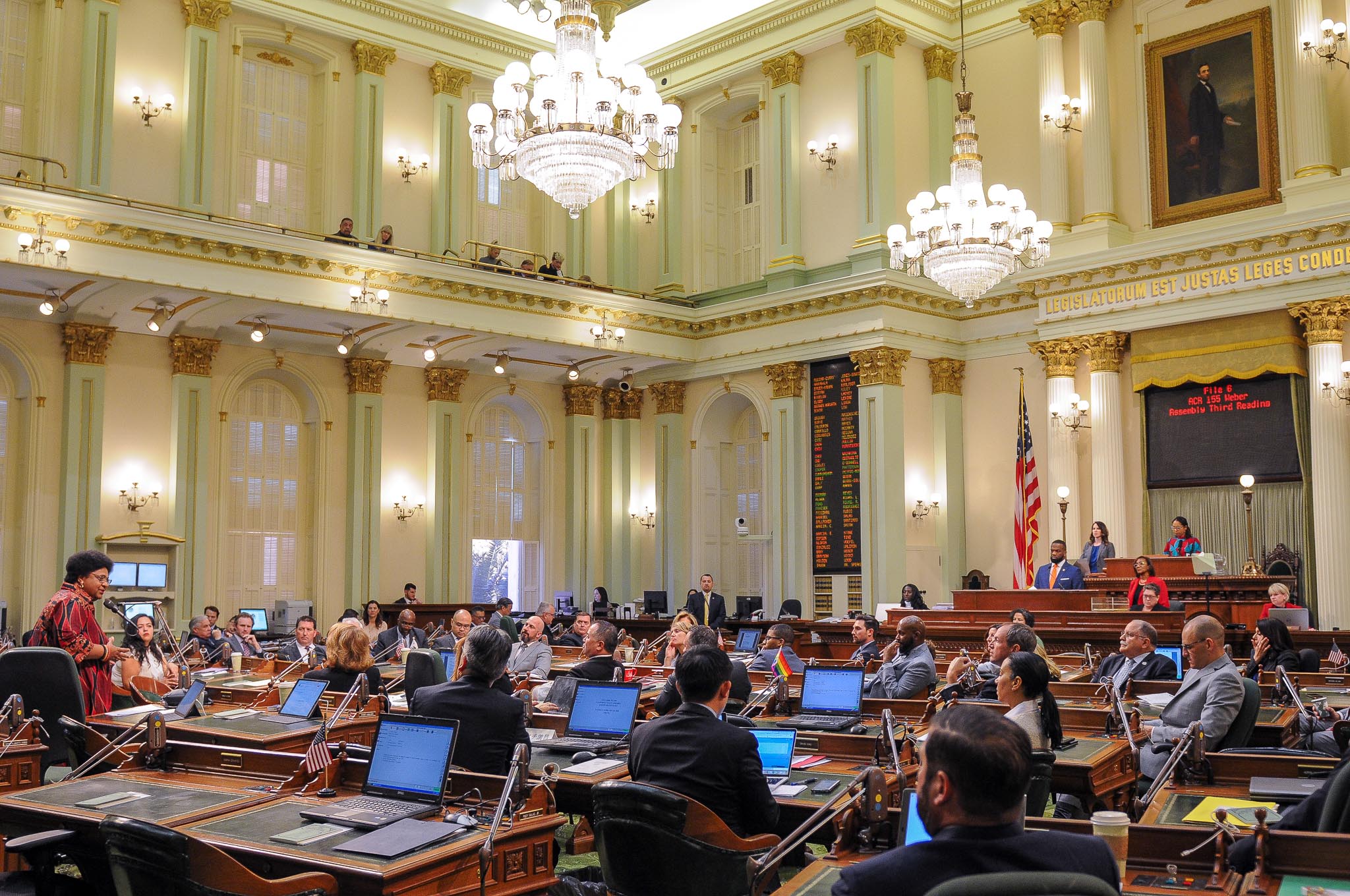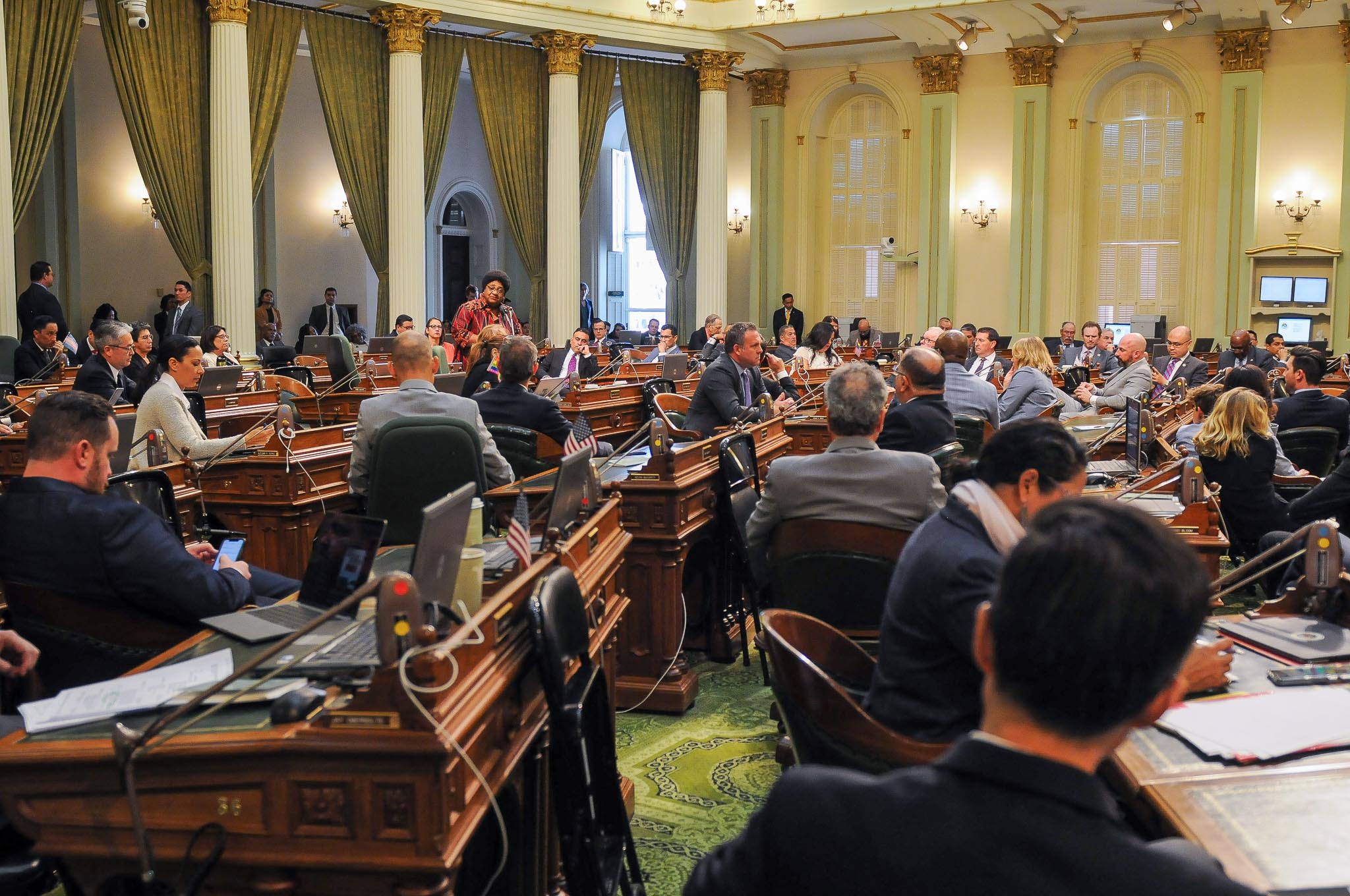
California State Capitol (Photo: Kevin Sanders for California Globe)
Legislative History and Intent – What Is the Difference?
The primary documents of legislative history can often illustrate legislative intent
By Chris Micheli, October 20, 2022 4:26 pm
Many Capitol observers use the terms “legislative history,” “statutory history,” and “legislative intent” interchangeably. However, these terms generally mean two different things. What are those distinctions among these terms?
Legislative history relates to how a bill becomes law, and includes the documents and steps involved in passage of the successful legislation. On the other hand, legislative intent relates to why a bill became law, and who proposed it. The primary documents of legislative history can often illustrate legislative intent.
Seeking legislative intent is what judges and others do in order to determine what the goal or purpose of the legislature was when the legislation was passed. This requires, in the first place, a review and understanding of the plain language of the statute.
Statutory history is usually defined as changes to the language of the bill through the legislative process. Again, legislative history is usually defined as statements of purpose or intent behind the bill. Most often, individuals will use the phrase legislative history, but actually mean both statutory and legislative history.
Examples of legislative history include the following:
- Committee reports
- Statements of support or opposition from interested parties
- Press releases, media articles, and interviews
- Presidential signing or veto messages
- Bill analyses by committees, sponsors or opposition, and advocacy groups or lobbyists
Examples of statutory history include the following:
- Legislative intent statements in the act itself
- Drafting history — was the statute amended prior to enactment?
- Were there prior versions of the final bill?
In terms of the most persuasive legislative history to help ascertain legislative intent, many courts and legal commentators disagree. The courts consider the best legislative history to be that which represents a large body of legislators, not just the bill’s author or one side of the public policy debate.
Legislative history is challenging and, consequently, controversial. While a statute is the law, legislative history is not. It also does not necessarily represent everyone’s view because there is rarely collective intent; in other words, not all legislators may have the same idea in mind or the same reason for voting to pass a bill. To make matters worse, the legislative history can easily be general, vague, or unclear.
In the end, the terms legislative history, statutory history, and legislative intent have different meaning and should be used correctly by those involved in drafting or interpreting legislation.
- The Division of Property Concerning Retirement Plan Benefits - December 23, 2025
- Enforcement of the UCCJAEA - December 22, 2025
- Declaratory Relief - December 22, 2025




